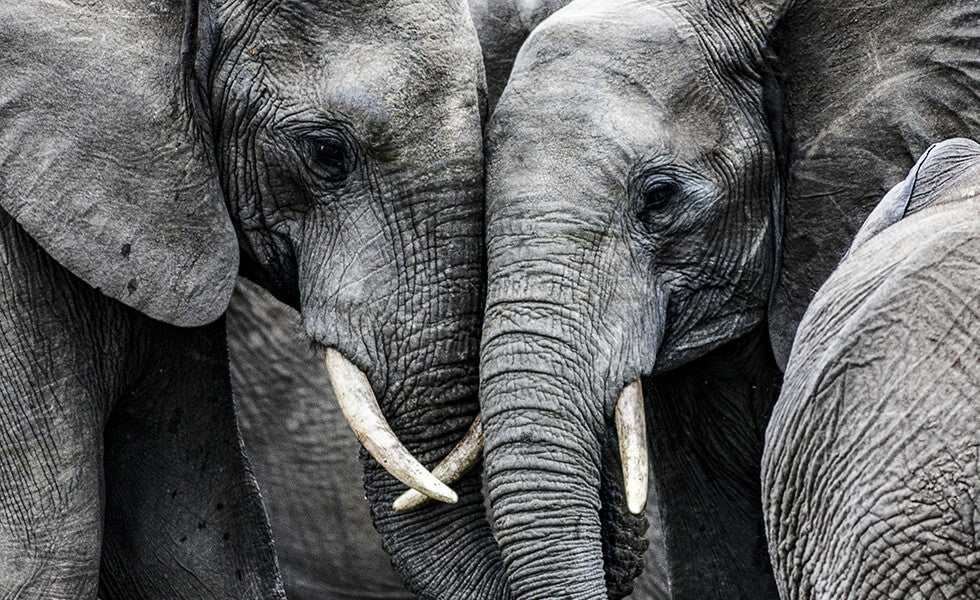
Living Peacefully
Clearing the air. Restoring harmony. Making peace.
These are acts traditional peoples have held as deeply sacred throughout time. The practice of reconciling differences within a community, within ourselves and our environment is vital in all healthy relationships.
Being a peacemaker
Being a peacemaker is something we can do for ourselves and with each other in every moment. Recently I read of a man who spoke with elephants. His role was to make peace between his human tribe and the community of elephants that lived nearby. If the elephants entered the village and caused destruction, he went to them, seeking to understand what had led them to act in such a way. Through a listening many of us have forgotten, he would find the elephants were often responding to something caused by the tribespeople which was deeply disturbing to their survival instinct. A long-held agreement had oftentimes been broken which now prevented the two from living in harmony with each other. Perhaps the elephants could not longer reach a drinking hole, or an area of land where an important food could be found. Through bringing understanding and creating the opportunity for resolution, a return to peaceful and mutually respectful co-existence was possible.
Our ability to thrive is inextricably linked to each other. To have harmonious relationships, be it with a friend, or another species, we must consider how our actions affect another. The need to take care of our children, have clean water, shelter and access to our sacred places are not just human necessities. When we disturb the ability of another to tend to these most primitive of needs, we disturb the balance of everything. All actions thereafter by everyone affected can be seen simply as ways of remedying or trying to adapt to the new landscape. The elephants’ destruction is no longer destruction - it is their way of securing, as best they can, something they feel they desperately need for their immediate survival.
 The response of the tribespeople to the elephants though, without the understanding of how they had caused the elephants to behave as they did, was often one of negativity. The people becoming negatively charged towards them. And, just as a single match can burn down a whole house if it is not intentionally extinguished; without stopping to set right the harm caused to another, it is too easy to find ourselves in a barren landscape wrecked by chaos as both parties start responding to each other in a charged and destructive way.
The response of the tribespeople to the elephants though, without the understanding of how they had caused the elephants to behave as they did, was often one of negativity. The people becoming negatively charged towards them. And, just as a single match can burn down a whole house if it is not intentionally extinguished; without stopping to set right the harm caused to another, it is too easy to find ourselves in a barren landscape wrecked by chaos as both parties start responding to each other in a charged and destructive way.
In conflicts, it is so easy to start protecting what is 'ours' - even our own wounding - instead of extending ourselves to find a way to understand how we have caused upset to the other and what needs to happen so things can be re-balanced. We each hold the health and happiness of ourselves and each other in our hands.
Resolution
When we act in a way which negatively affects another, even unintentionally, we create a disturbance in the delicate web of life. Even after things have been made right, cleaning the residue of what has been spoken or done is so important. Smudging is one way to help restore harmony by clearing the negative charge.

The Native American people saw smudging as a way to bridge worlds, and make peace between the spiritual and physical realms. Often disturbances are energetically subtle and may not register in our physical world immediately. Things can fester if left undone, a wound, or relationship slowing turning poisonous because of something small that was not fully resolved.
Smudging is considered one way to make visible the invisible - to reveal what else needs to be cleared in a situation. The act of stopping and considering what else needs to be done to mend a relationship, be it with a person, species or place, opens space for further communication and reconciliation. When the needs of everybody can be met this ensures the most positive and enduring solution for all.
Restoring Sacredness
The smoke from smudging is also a way to carry our prayers out into the physical and spiritual worlds. Native Americans are renowned for using white sage in ceremony, for prayer and clearing work. The peoples of the Amazon use Palo Santo Wood, or Sacred/Holy wood as it is known. The smoke from these sacred tools purifying the environment and honouring our spiritual connection.
A Palo Santo tree lives for 70-80 years and it is only when a tree dies naturally and is left in its natural habitat for several years that the wood goes through a metamorphosis process. Trees, like us, are social beings, supporting each other. Death and the transformative process that comes with it for all those around is held sacred by the peoples’ who know to leave the fallen trees. Even in death, the role of trees in the ecosystem is vital.
We are only as strong as the community in which we stand - if someone is suffering, on some level we are also. It is in our best interests to do what we can to bring harmony and reconciliation to all aspects of our existence. Smudging is a gentle, easy and positive contribution we can offer - and it can be a beautiful experience. To be bathed in sage smoke and or sacred scent of palo santo feels glorious.
Happy, beautiful springtime blessings to you.




Comments
Leave a comment